I have a Angular 6 client consuming a REST Api developed with .Net Web Api.
Everything is working except for the error handling. When I try to process the error to react differently to different status codes (404, 403, 409, 500...) I simply can't make it work. The HttpErrorResponse object doesn't have any of the fields it is supposed to (like 'status' or 'error').
I've made a super simple service that reproduces the issue:
Request on the service.ts
public test(): Observable<any> {
let url = this.templatesUrl + '/myMethod';
console.log('GET myMethod ' + url);
return this.http.get<any>(url)
.pipe(catchError(this.handleError));
}
Error handler (pretty much straight from the official documentation):
private handleError(error: HttpErrorResponse) {
console.warn(error);
if (error.error instanceof ErrorEvent) {
// A client-side or network error occurred. Handle it accordingly.
console.error('An error occurred:', error.error.message);
} else {
// The backend returned an unsuccessful response code.
// The response body may contain clues as to what went wrong,
console.error(
`Backend returned code ${error.status}, ` +
`body was: ${error.message}`);
}
// return an observable with a user-facing error message
return throwError('Unexpected error');
}
Service on the .Net side:
[HttpGet]
[Route("myMethod")]
public IHttpActionResult myDotNetMethod()
{
return InternalServerError(new Exception("Details about the issue"));
}
The service is called and it returns a status code 500 along with a json object:
The status of the response:
The response header, it is json:
The json object:
And what the log shows: no status and pretty much an empty object:
Loosk like the HttpErrorResponse is pretty much empty. But the response from the API was fine, the status code is there and the json object too.
What am I missing?
Update: In case you are wonder what hides behind that "Internal Server Error" that shows in the log (it is just the callstack generated by chrome):
Update 2: Here's the error object under the microscope. It is simply "Internal Server Error". No trace of status or message.





